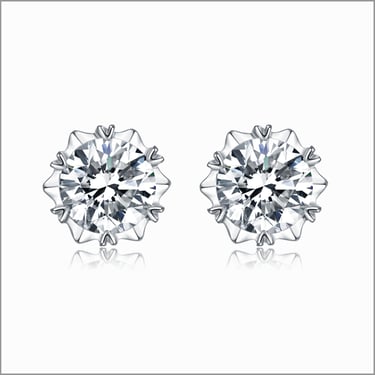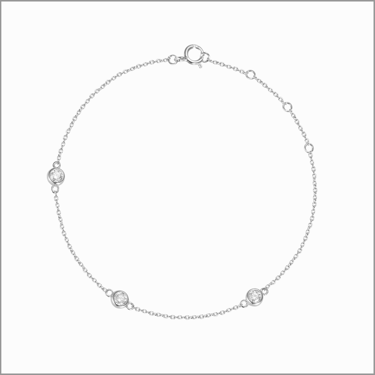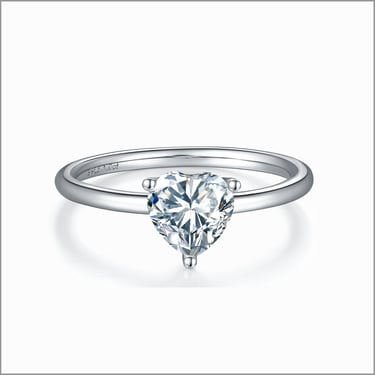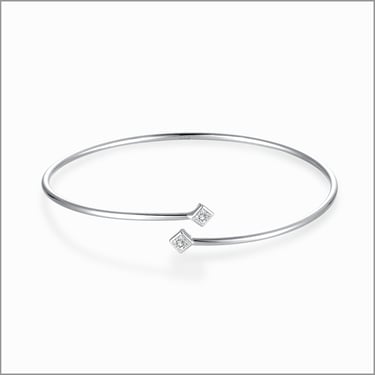What Is Moissanite? A 1-Minute Guide to Its Origins, Features, and Comparison to Diamonds
Diamonds have long held emotional appeal, especially for women—but their high price limits them to engagement rings and select fine jewelry. For everyday wear, many now turn to moissanite—a diamond alternative gaining massive popularity. Let’s explore why moissanite has become the gemstone everyone’s talking about.
Moissanite’s Origins and Rise in Popularity >
1. Moissanite’s Origins and Rise in Popularity
In 1893, French scientist Henri Moissan discovered a new mineral while examining a meteorite crater in Arizona. At first, due to its brilliance and hardness, he believed it was diamond. Later testing revealed it was a new compound of silicon and carbon—not diamond.
Moissan was so captivated that he spent the rest of his career studying it, and the gem was later named “Moissanite” in his honor.
Fast forward to the 1990s, when Charles & Colvard developed a way to produce gem-quality moissanite and secured a 20-year patent in 1995. For two decades, only one supplier provided moissanite for jewelry, and limited supply kept prices high.
After the patent expired in 2015, new manufacturers entered the market, increasing supply, lowering prices, and triggering a global moissanite boom.
2. Moissanite’s Key Features
Looks: Nearly identical to diamonds—so much so that GIA, the world’s top gemological authority, recognizes moissanite as the gemstone most similar to diamonds.
Brilliance: Moissanite has a refractive index of 2.69, higher than a diamond’s 2.42—making it the most brilliant gemstone on Earth.
Fire: With a higher dispersion rate, moissanite gives off intense rainbow-colored flashes, even more vivid than diamonds.
Clarity: Often graded VVS1–VVS2, meaning it’s nearly flawless to the naked eye.
Hardness: More durable than ruby, and second only to diamond, moissanite is highly resistant to scratches—perfect for daily wear.
Price: Costs as little as 2% of a diamond of comparable size.
Sustainability: Natural moissanite exists only in tiny quantities in meteorites and is not viable for jewelry. All moissanite on the market is lab-grown, making it more environmentally friendly than mined diamonds.
3. Moissanite vs Diamond
Is diamond always better than moissanite? Not necessarily! Here’s how they compare:


Choose Moissanite if you:
Love maximum sparkle and fire
Want high value for money
Care about sustainability and ethical sourcing
Its unbeatable brilliance and rainbow flashes make it shine like no other, especially in sunlight or under lights.
Choose Diamond if you:
Value rarity and tradition
Want a gem with symbolic meaning and natural origins
Have the budget to invest in a classic, timeless piece
Natural diamonds form deep within the Earth over billions of years under extreme heat and pressure—making them one of nature’s rarest treasures.
Popular Moissanite Jewelry
Amazon Certified Brand
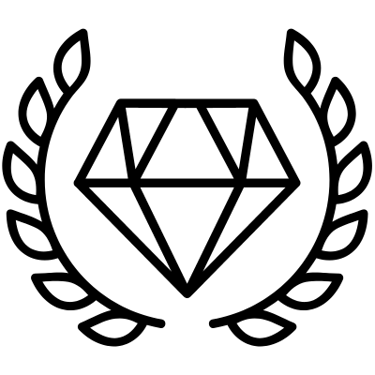


Registered US & HK Trademarks
Meta Verified Brand
About Us



Free Shipping
on orders over HK$500
hassle-free return guarantee
7-Day Returns
Online Support
available whenever you need it
Gift Box
packaged in an elegant gift box

